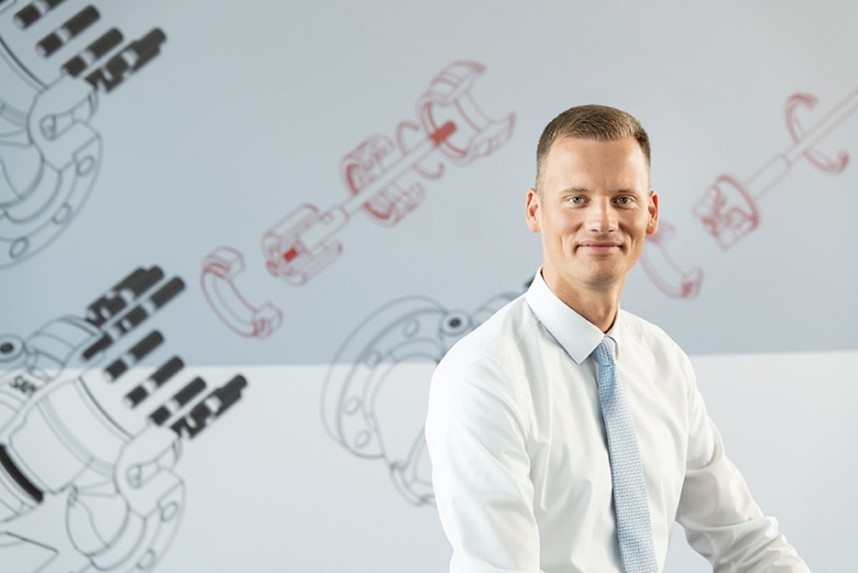How well does SAMSON already perform in terms of sustainability?
SAMSON has been pursuing sustainability for many years: long before sustainability became a buzzword. As a medium-sized company with a responsibility towards its staff and the region as well as the continual improvement of processes, we make every effort to minimize waste and save resources. The exceptionally high level of in-housing manufacturing at the Frankfurt site makes it already possible for us to avoid unnecessary transport activities and reduce NOX emissions as well.
What about SAMSON's products?
Thanks to their high quality, our products have a long service life extending up to 90 years in some cases. As part of our after-sales service, we also continue to look after them once they have been installed. What is more, they are used in applications, such as district heating, hydrogen and LNG as a bridge fuel, which are making a significant contribution to the energy transition. Our digital solutions in the heating sector, for example, help optimize the flow of media, reduce losses and increase efficiency. That is an impressive track record in sustainability for a 116-year-old industrial company! Our aim is to achieve even better sustainability. However, this turned out to be unachievable at the Frankfurt site. This is why we are building a new factory and headquarters in Offenbach.
What is so special about the new site?
We will gradually expand our energy self-sufficiency and carbon-neutral production using modern technology and renewable energies. In the medium term, we want to minimize our carbon footprint at our site. Our goal is to become a pioneer of sustainable growth and eco-friendly industry in Germany.
In your view, is sustainability an opportunity or a threat to Germany as a center of industry and business?
We definitely regard sustainability as an opportunity. SAMSON was founded in 1907 based on a groundbreaking invention. Therefore, we know how important innovations were and still are for progress and prosperity in our country. There is no doubt about that the fact that the climate change is already well under way. We must all make a concerted effort to ensure our children and grandchildren also have a bright future. I am optimistic that all is not lost. Germany is immensely successful in a wide variety of sectors and technologies, which may help achieve climate neutrality.
Can you give us an example?
Let's take district heating as an example. We are well represented in this sector. Germany has experience in extending district heating networks and has already succeeded in making some of these networks greener. For example, the city of Offenbach intends to use recovered waste heat in part to run its district heating network. This will be achieved using our products. There are similar examples from other sectors, such as hydrogen, circular economy and electromobility. I am convinced that these technologies will secure rather than threaten our future.
What sustainability targets has SAMSON set for 2030 and 2050?
Our relocation will be completed by the end of 2026. We will achieve at least 50 % energy self-sufficiency by using photovoltaic and electric energy storage systems. Our long-term plan is to raise our degree of energy self-sufficiency through the installation of a solar field and the expansion of our electric energy storage capacities. We are also following closely the technological advancement of electrolyzers. Our goal is to achieve a close-to-carbon-neutral production as possible. I assume that technology will advance to an extent to enable us to reach these goals by 2035 at the latest.

